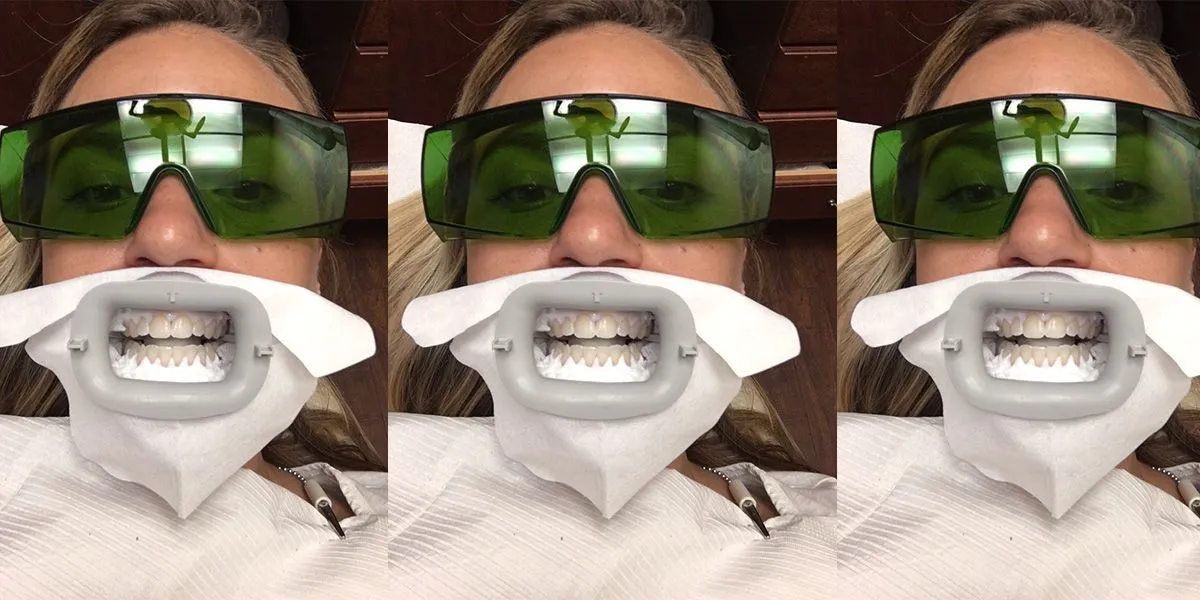Why Severe Pain After Teeth Whitening Happens
Teeth whitening is a popular cosmetic procedure, but sometimes it comes with a downside severe pain. While a little sensitivity is normal, intense pain is a sign that something isn’t quite right. Understanding the root causes of this discomfort is the first step toward finding relief and ensuring a more comfortable experience. Several factors can contribute to the onset of pain, ranging from the inherent sensitivity of your teeth to issues with the whitening process itself. This article will explore the primary reasons behind the pain you might experience after teeth whitening.
Tooth Sensitivity
Tooth sensitivity is a common side effect of teeth whitening. The whitening agents, usually hydrogen peroxide or carbamide peroxide, penetrate the enamel to reach the discolored molecules. This process can irritate the nerves inside the teeth, leading to temporary sensitivity. This can manifest as sharp, shooting pains when exposed to hot, cold, sweet, or acidic foods and beverages. The degree of sensitivity varies from person to person and depends on the concentration of the whitening agent and the duration of the treatment. In some cases, this sensitivity can be quite severe and debilitating.
Causes of Tooth Sensitivity
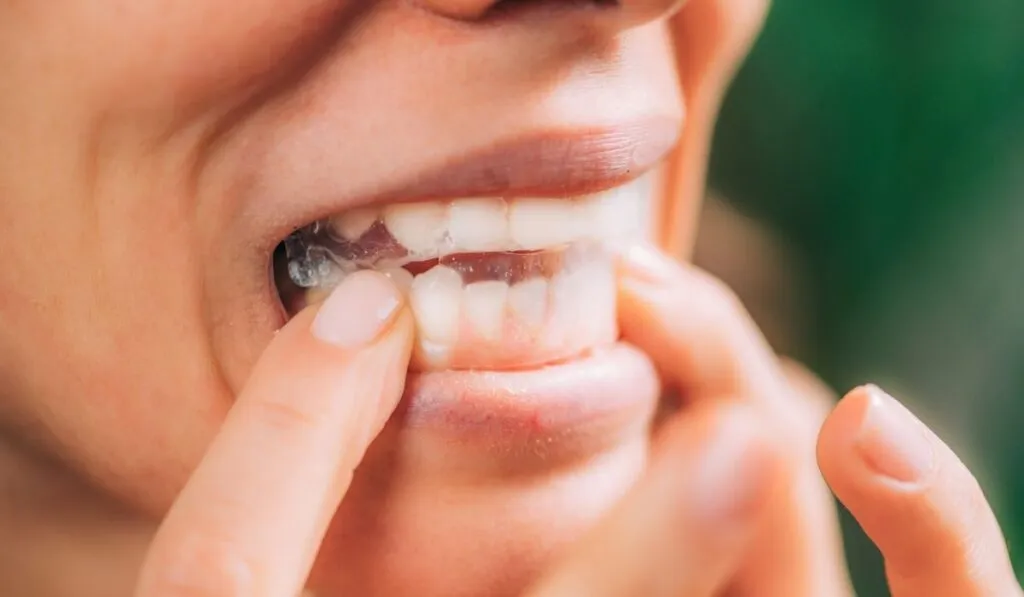
Several factors can heighten the likelihood of tooth sensitivity after whitening. Teeth with pre-existing microscopic cracks or fissures are more susceptible because the whitening agents can easily penetrate to the nerve. Thin enamel, often caused by genetics, excessive teeth grinding, or acid erosion from diet, leaves the dentin more exposed, making the teeth more sensitive. Also, using a whitening product with a high concentration of active ingredients, or using it for too long, can exacerbate sensitivity. Finally, some individuals naturally have more sensitive teeth.
Managing Tooth Sensitivity
Fortunately, there are several ways to manage tooth sensitivity. Using a desensitizing toothpaste containing potassium nitrate can help block the pain signals to the nerves. Avoiding very hot or cold foods and drinks can also help. Furthermore, over-the-counter pain relievers, like ibuprofen, can provide temporary relief. If the sensitivity is severe, your dentist might recommend a fluoride treatment or prescribe stronger desensitizing agents. It’s essential to follow your dentist’s recommendations and be patient, as sensitivity usually subsides within a few days or weeks after the whitening treatment.
Gum Irritation
Gum irritation is another potential cause of pain following teeth whitening. While the whitening agents are designed to work on the teeth, they can sometimes come into contact with the soft tissues of the gums. This can lead to inflammation, redness, and discomfort. The extent of the irritation can range from mild tenderness to significant swelling and pain. This is often related to the type of whitening process, such as the use of ill-fitting trays or improper application of the whitening gel.
Causes of Gum Irritation
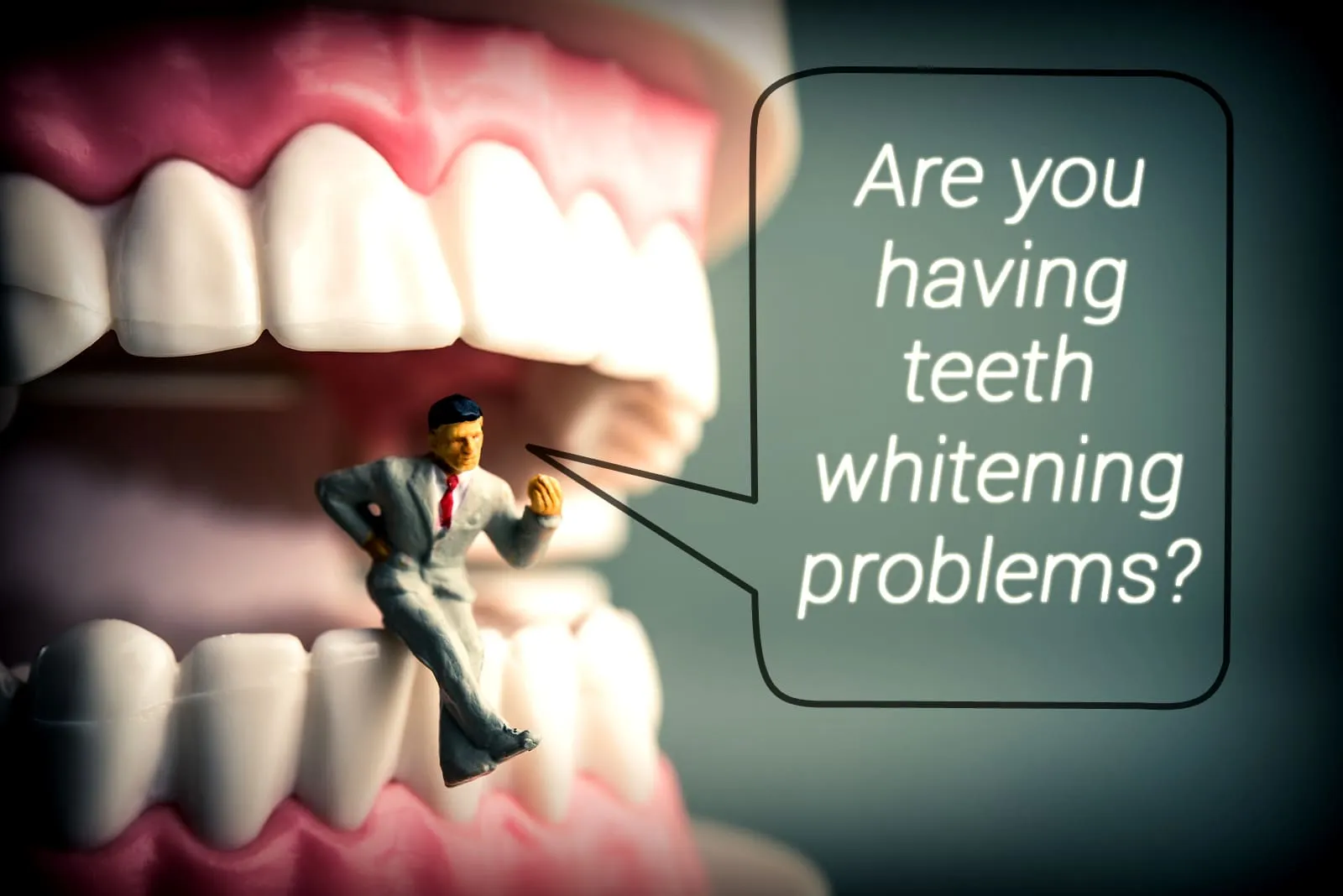
Gum irritation primarily results from the whitening agent coming into contact with the gum tissue. This can happen if the whitening trays don’t fit properly, allowing the gel to leak out. Overfilling the trays can also increase the risk. With professional treatments, the dentist will take extra steps to protect the gums, but even then, some irritation is possible. For at-home treatments, incorrect application, excessive gel use, and leaving the product on for longer than recommended can contribute to the problem. Moreover, individuals with pre-existing gum conditions might be more susceptible to irritation.
Solutions for Gum Irritation
If you experience gum irritation, rinse your mouth thoroughly with water to remove any residual whitening gel. Avoid brushing your teeth aggressively, and use a soft-bristled toothbrush. You can apply a small amount of vitamin E oil to the irritated gums for its soothing properties. In some cases, your dentist might recommend a topical anti-inflammatory medication. Making sure your trays fit well is essential, as is following all the product instructions. If the irritation is severe or persistent, seek advice from your dentist promptly. They might recommend a different whitening method or adjust your treatment plan.
Existing Dental Issues
Pre-existing dental issues can worsen or cause pain after teeth whitening. Cavities, cracked teeth, and receding gums can expose the dentin and nerve, leading to increased sensitivity. Whitening agents can penetrate these areas, resulting in significant discomfort. If these issues are present, the whitening process might not be suitable until they are addressed. It’s crucial to have a thorough dental checkup before starting any whitening treatment to identify and address potential problems.
Identifying Existing Dental Issues
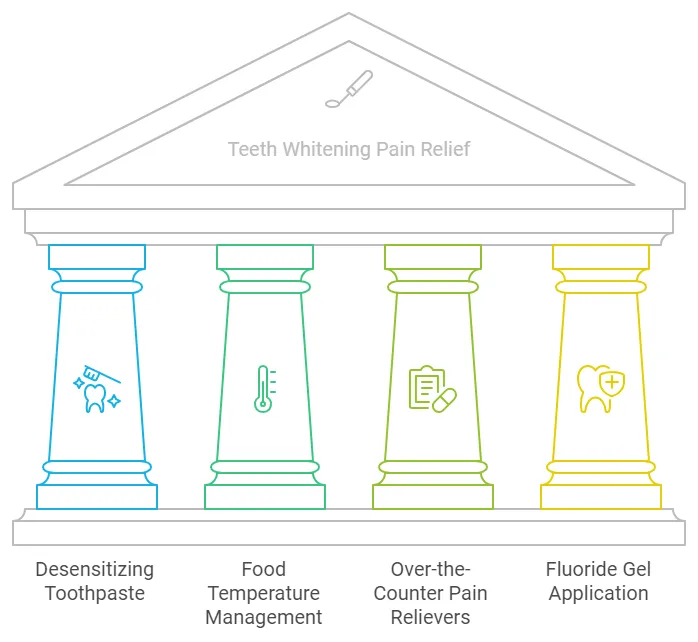
Your dentist is the best resource for identifying existing dental issues. They will perform a comprehensive examination, including checking for cavities, cracks, gum recession, and other oral health problems. X-rays might be necessary to detect issues not visible to the naked eye. Be sure to inform your dentist about any sensitivity or pain you are experiencing. Discussing your whitening plans with your dentist is important to ensure you’re a good candidate for the procedure and that potential problems can be identified and addressed beforehand.
Treating Existing Dental Issues
Treatment options for existing dental issues depend on the specific problem. Cavities will need to be filled, and cracked teeth might require bonding, crowns, or other restorative treatments. Receding gums could be treated with specialized toothpastes, professional cleanings, or even surgical procedures to restore gum tissue. After your dentist has addressed these underlying issues, they might recommend postponing your teeth whitening treatment until your oral health is stabilized. Your dentist will develop a treatment plan based on your specific needs and situation.
Incorrect Whitening Procedure
An incorrect teeth whitening procedure, especially when done at home, can increase the risk of severe pain. This can involve using products incorrectly, such as using a higher concentration of whitening gel than recommended, leaving the product on for too long, or not using properly fitted trays. Even with professional treatments, issues can arise if the dentist does not follow proper protocols or if the patient does not comply with aftercare instructions. It’s crucial to follow all instructions carefully to minimize the risk of pain and achieve the desired results.
Professional vs DIY Whitening
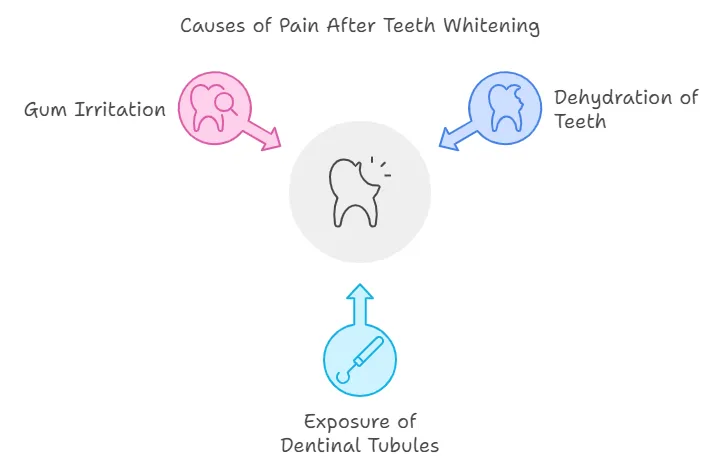
Choosing between professional and DIY teeth whitening has significant implications. Professional treatments are administered by trained dental professionals who can assess your oral health, use stronger whitening agents safely, and monitor for any adverse reactions. They use custom-fitted trays and take precautions to protect your gums. DIY options, which include over-the-counter whitening strips, gels, and trays, might be less effective and come with a higher risk of problems if used incorrectly. While they might seem convenient and cheaper, the potential for pain and complications is greater. Always consult with a dentist before trying a DIY method.
How to Prevent Incorrect Whitening
To prevent incorrect whitening, always follow the manufacturer’s instructions meticulously. For at-home treatments, use the recommended amount of whitening gel and do not leave the product on for longer than the suggested time. If using trays, make sure they fit properly to prevent the gel from leaking onto your gums. When receiving a professional treatment, ask your dentist to explain each step of the procedure. Also, make sure you understand the aftercare instructions. If you experience any unusual pain or discomfort, contact your dentist immediately. Additionally, never attempt to use whitening products intended for someone else.
Allergic Reactions or Chemical Burns
Although rare, allergic reactions or chemical burns from teeth whitening products can cause severe pain. Some individuals are sensitive to the ingredients in whitening gels, such as hydrogen peroxide or carbamide peroxide. These reactions can result in inflammation, blistering, and intense pain in the gums, lips, and mouth. Chemical burns can occur if the whitening agent comes into contact with the soft tissues for an extended period. This is more likely to occur with high-concentration products or improper application.
Recognizing Allergic Reactions
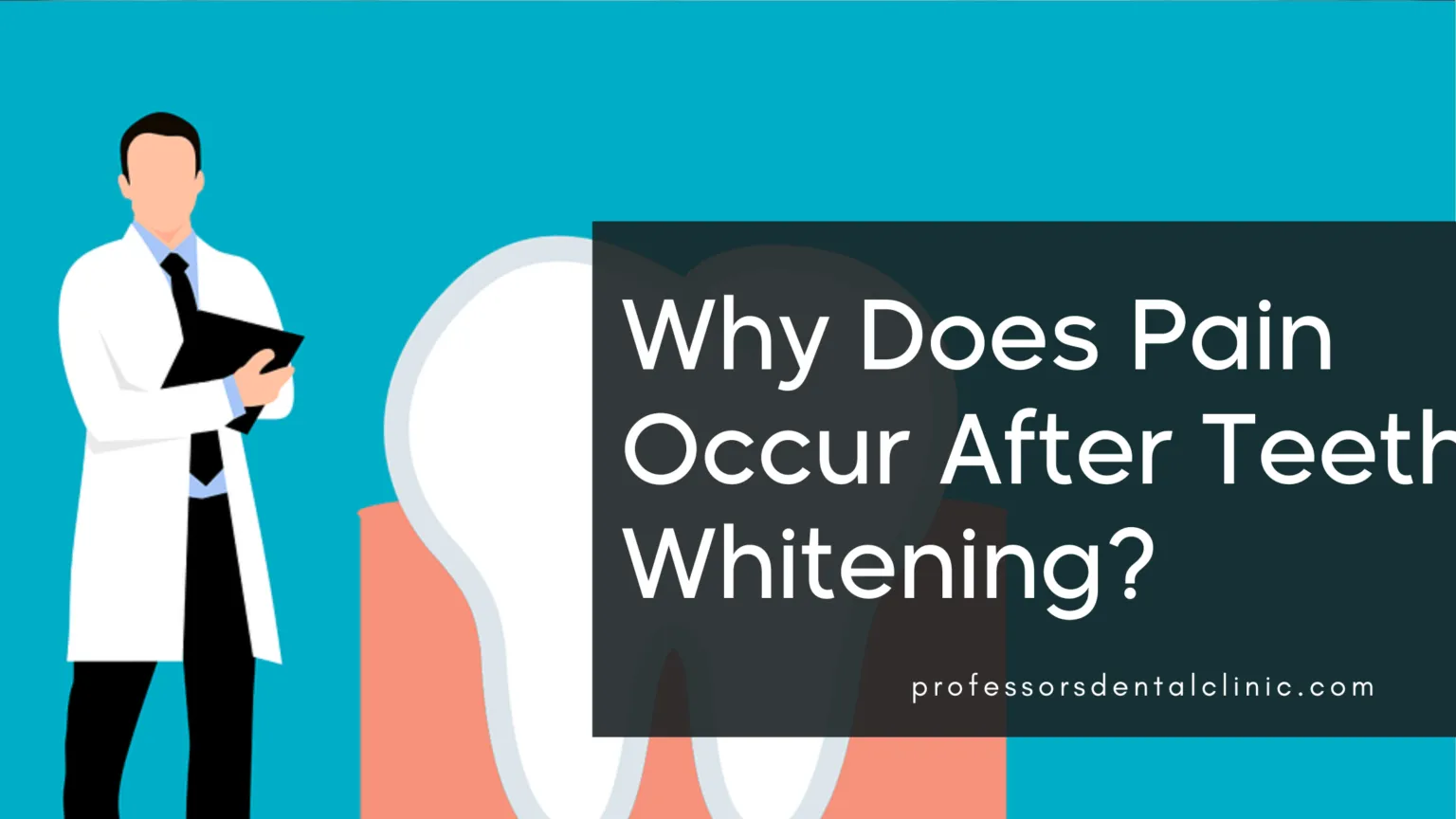
Signs of an allergic reaction include swelling, redness, itching, and blistering in the mouth or around the lips. You might also experience difficulty swallowing or breathing, which is a sign of a severe reaction that requires immediate medical attention. If you notice any of these symptoms, stop using the whitening product immediately and consult with your dentist or physician. They can diagnose the reaction and recommend appropriate treatment.
Treating Allergic Reactions and Burns
Treatment for allergic reactions and chemical burns includes rinsing your mouth with cool water, avoiding irritating foods and beverages, and using over-the-counter pain relievers. Your dentist might prescribe topical corticosteroids to reduce inflammation. In severe cases, you may need prescription medications or even medical intervention. For chemical burns, it is crucial to keep the affected area clean and avoid further irritation. Seek immediate medical attention if you experience difficulty breathing or swallowing.
Top 5 Solutions for Teeth Whitening Pain
Experiencing pain after teeth whitening can be distressing, but fortunately, there are solutions available to help you manage the discomfort and ensure a more positive experience. These remedies address the various causes of pain, from sensitivity to gum irritation. Here are five effective strategies for dealing with teeth whitening pain.
Use Desensitizing Products
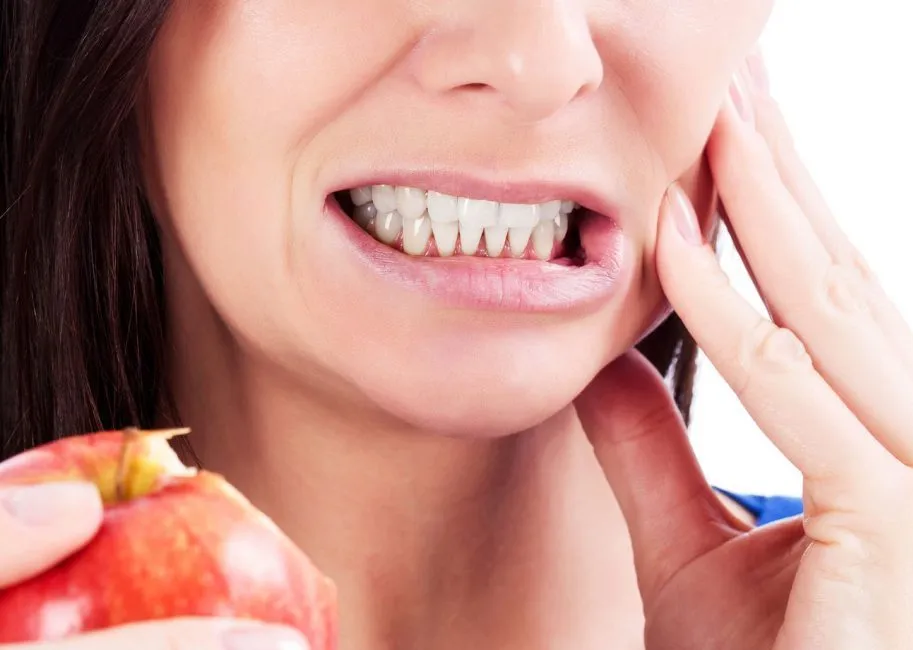
Desensitizing products can provide significant relief from tooth sensitivity. These products work by blocking the nerve signals that cause pain. There are several options available. The most effective include toothpastes designed for sensitive teeth, containing ingredients like potassium nitrate or stannous fluoride. Use these toothpastes for a couple of weeks before your whitening treatment and continue using them afterward. You can also use over-the-counter gels or mouthwashes designed to reduce sensitivity. The best time to use these products is after brushing and before bed, allowing them to stay in contact with your teeth for a more extended period. Your dentist might also recommend prescription-strength desensitizing products for more severe cases.
Over-the-Counter Options
Over-the-counter desensitizing products are widely available and easy to use. Look for toothpastes that are specifically designed for sensitive teeth, containing potassium nitrate or stannous fluoride. You can find these in most drugstores or supermarkets. Follow the instructions on the product label for best results. Use the toothpaste twice daily, replacing your regular toothpaste temporarily. Over-the-counter mouthwashes, containing fluoride or other desensitizing agents, can also help. If the over-the-counter options aren’t sufficient, consult with your dentist about more potent products.
Professional Treatments
For more severe cases of sensitivity, your dentist can offer professional treatments. These might include applying a fluoride varnish to strengthen your enamel, which can help to block pain signals and reduce sensitivity. Dentists can also prescribe high-concentration fluoride treatments for at-home use. In some cases, they might recommend bonding agents or other treatments to seal the exposed dentin. Moreover, some dentists use in-office desensitizing treatments, which can provide immediate relief. The appropriate treatment will depend on the severity of your sensitivity and your individual dental health.
Adjust Your Whitening Regimen
Adjusting your whitening regimen can significantly reduce pain and discomfort. This includes modifying the frequency, concentration, and duration of the treatments. By making simple changes, you can still achieve the whitening results you desire while minimizing adverse effects.
Reduce Treatment Frequency
One of the easiest ways to manage teeth whitening pain is to reduce the frequency of your treatments. If you’re using at-home whitening kits, space out the applications. Instead of whitening daily, try every other day or even less frequently. For professional treatments, discuss the treatment plan with your dentist and adjust the number of sessions and the time between them. This will allow your teeth and gums to recover between treatments, decreasing the likelihood of sensitivity and irritation.
Choose a Lower Concentration
The concentration of the whitening agent is a critical factor in the level of sensitivity experienced. If you are using at-home kits, consider using a lower concentration of hydrogen peroxide or carbamide peroxide. Many brands offer different strength levels. If you are undergoing professional whitening, ask your dentist if they can use a lower concentration of the whitening gel. While it might take a little longer to achieve the desired results, using a lower concentration is likely to result in less pain and a more comfortable experience. This is especially important if you have sensitive teeth or a history of sensitivity.
Follow Aftercare Instructions
Following aftercare instructions is crucial for minimizing pain and ensuring a successful outcome. This includes dietary considerations, proper oral hygiene practices, and seeking professional advice when needed. Adhering to these guidelines will help your teeth and gums recover faster and decrease the risk of complications.
Dietary Considerations
After teeth whitening, your teeth are more susceptible to staining and sensitivity. Avoid foods and drinks that can stain your teeth, such as coffee, tea, red wine, and dark-colored berries. Consume these items in moderation, or ideally, eliminate them for a few days after treatment. It is also best to avoid acidic foods, as they can irritate your teeth. Drink plenty of water to stay hydrated, and consider including calcium-rich foods in your diet to help strengthen your enamel. The goal is to protect your teeth from further damage and maintain their whiteness as long as possible.
Oral Hygiene Practices
Proper oral hygiene is essential for maintaining your oral health and managing any pain. Brush your teeth gently with a soft-bristled toothbrush to avoid irritating your gums. Use a desensitizing toothpaste. Floss regularly to remove plaque and debris between your teeth. Avoid using harsh mouthwashes that contain alcohol, as these can dry out your mouth and exacerbate sensitivity. Rinse your mouth with water after meals and snacks. Follow your dentist’s recommendations for brushing and flossing techniques to ensure that you are cleaning your teeth properly without causing unnecessary irritation.
Seek Professional Dental Advice
If you experience severe pain after teeth whitening, seeking professional dental advice is crucial. Your dentist can diagnose the cause of your pain and recommend the most appropriate treatment. This might involve examining your teeth and gums, taking X-rays, or recommending other diagnostic tests. They can also provide professional treatments to reduce your sensitivity and manage any complications. Timely intervention can prevent the pain from worsening and ensure that your oral health is maintained.
When to See a Dentist Immediately
There are certain signs that indicate you should see a dentist immediately. These include severe pain that doesn’t subside after a few days, swelling of your gums or face, and difficulty swallowing or breathing. If you notice any blisters or sores in your mouth, it is best to seek immediate dental care. Any of these symptoms could indicate a more serious problem, such as an allergic reaction or an infection. Don’t hesitate to contact your dentist if you are concerned about your symptoms.
Follow-up Appointments
Following up with your dentist after teeth whitening can help you monitor your oral health and address any issues that arise. Attend all scheduled follow-up appointments, even if you don’t feel any pain. Your dentist will assess the results of the whitening treatment and ensure that your gums and teeth are healthy. They might recommend additional treatments or adjustments to your oral hygiene routine. These appointments are an important part of ensuring your teeth whitening experience is successful and that you maintain your beautiful, white smile.
Conclusion
While teeth whitening can enhance your smile, it sometimes leads to pain. By understanding the reasons for this discomfort and knowing how to address it, you can get the beautiful, white smile you desire with minimal discomfort. Always consult with your dentist before starting any teeth whitening treatment, and be sure to follow all instructions carefully. With proper precautions and care, you can enjoy the benefits of teeth whitening with confidence.
